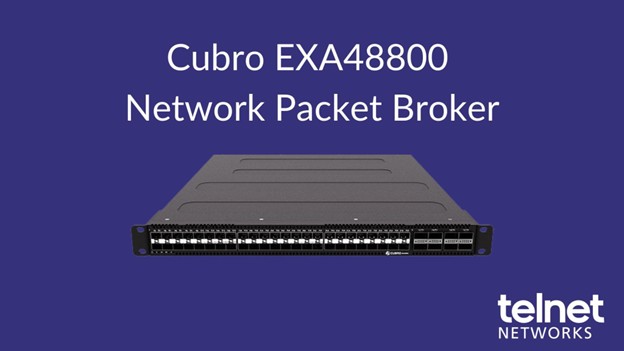The ongoing push to increase server virtualization rates is driven by its many benefits for the data center and business. A reduction in data center footprint and maintenance, along with capital and operating cost reductions are key to many organizations’ operational strategy. The ability to dynamically adjust server workloads and service delivery to achieve optimal user experience is a huge plus for IT teams working in the virtualized data center – unless something goes wrong.
With network infrastructure, you can usually north/south track the root cause back to one location via careful instrumentation of the resources. Troubleshooting is then facilitated with any number of free and commercial-ware monitoring tools.
How can you get the same visibility you need to validate service health within the virtualized data center?
First Aid for the Virtual Environment
Network teams often act as “first responders” when application performance degrades. For this reason, it’s critical to maintain visibility into and around virtual constructs for effective troubleshooting and optimal service delivery. Otherwise, much of the value of server virtualization and consolidation efforts can be quickly offset by sub-par app performance. Fundamentally, achieving comprehensive visibility of a virtualized server environment requires an understanding of the health of the underlying resources.
Health Checks
Polling technologies such as SNMP, WSD, and WMI can provide performance insight by interrogating the host and various virtualized elements. A fully-integrated performance management platform can not only provide these views, but also display relevant operating metrics in a single, user-friendly dashboard.
Virtual servers are often highly provisioned and operating at elevated utilization levels. Assessing their underlying health and adding additional resources when necessary, is essential for peak performance.
Use performance monitoring tools to check:
- CPU Utilization
- Memory Usage
- Individual VM Instance Status
Often, these metrics can point to the root cause of service issues that may otherwise manifest themselves indirectly.
For example, poor response time of an application hosted on a virtualized server may have nothing to do with the service or the network, but may instead be tied to excessively high CPU utilization. Without this monitoring perspective, troubleshooting will be more difficult and time consuming.
Further Diagnostics
Virtualization and consolidation offers significant upside for today’s dynamic data center model and in achieving optimal IT business service delivery. However, monitoring visibility must be maintained so potential application degradation issues can be detected and resolved before impacting the end user. To do so, care must be given in properly instrumenting virtualized server deployments and the supporting network infrastructure.
Ready for more? Download the free white paper 3 Steps to Server Virtualization Visibility, featuring troubleshooting diagrams, metrics, and detailed strategies to help diagnose what’s really going on in your virtual data centers. You’ll learn two methods to monitor VSwitch traffic, as well as how to further inspect perimeter and client conversations.
Download 3 Steps to Server Virtualization Visibility
Thanks to Network Instruments for the article.






